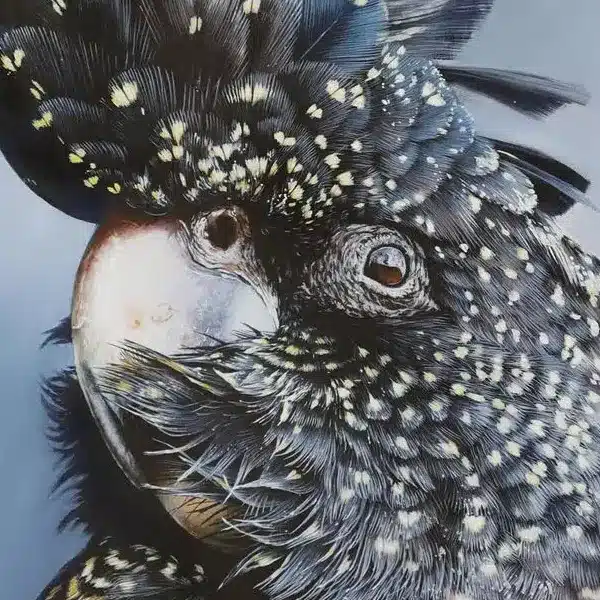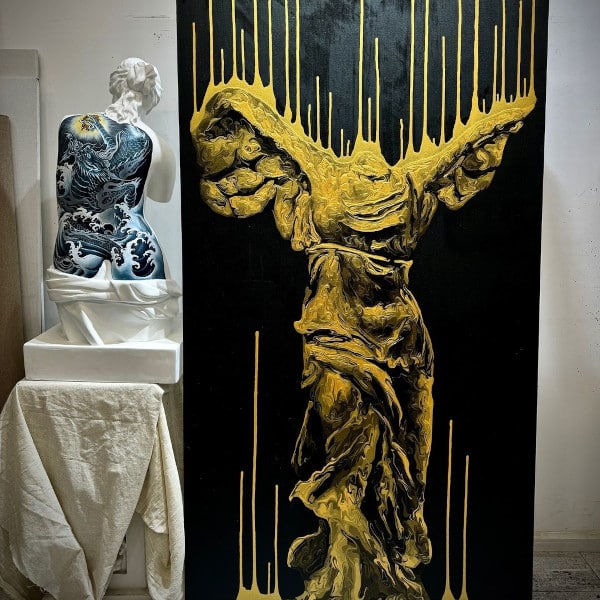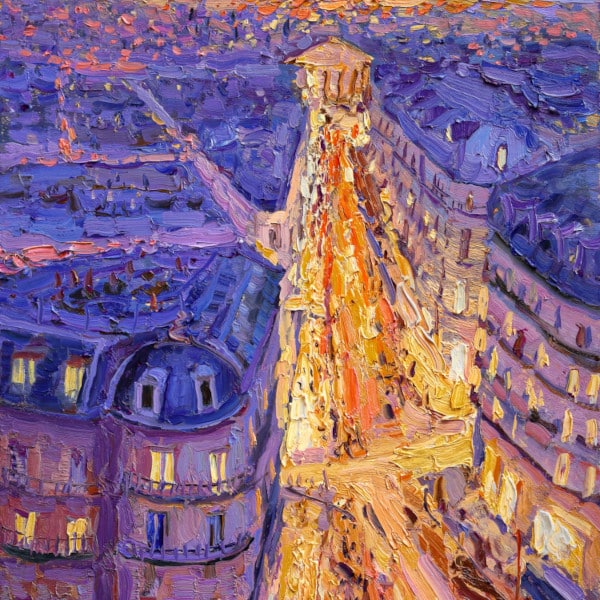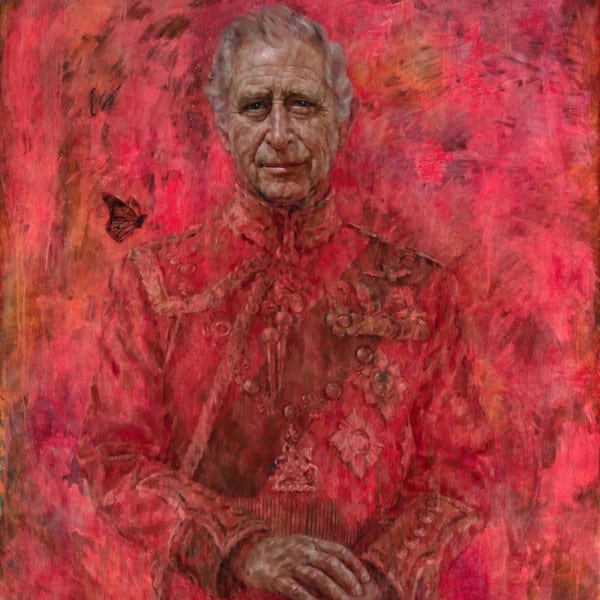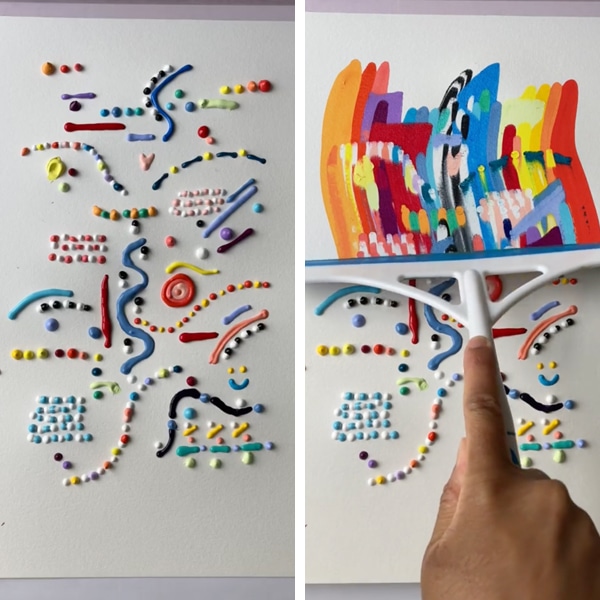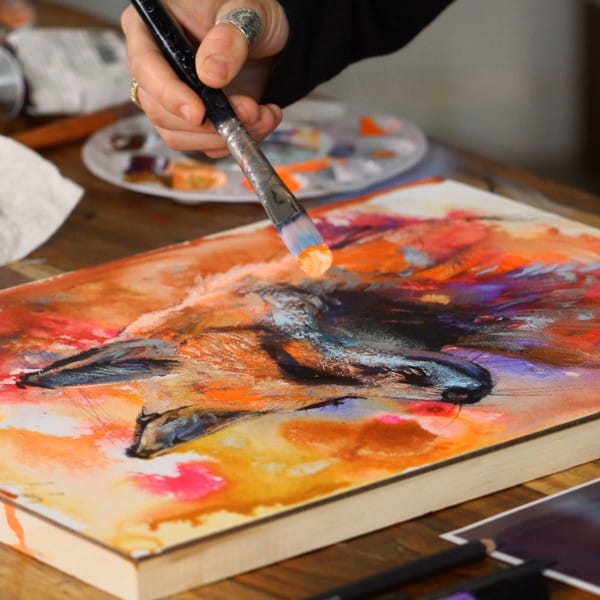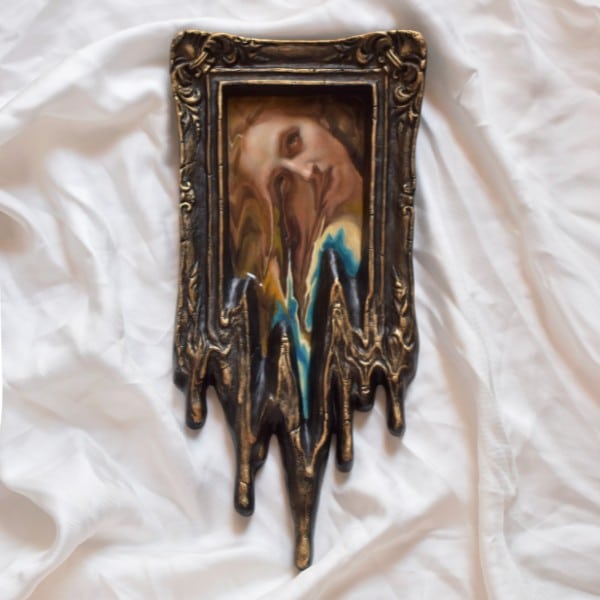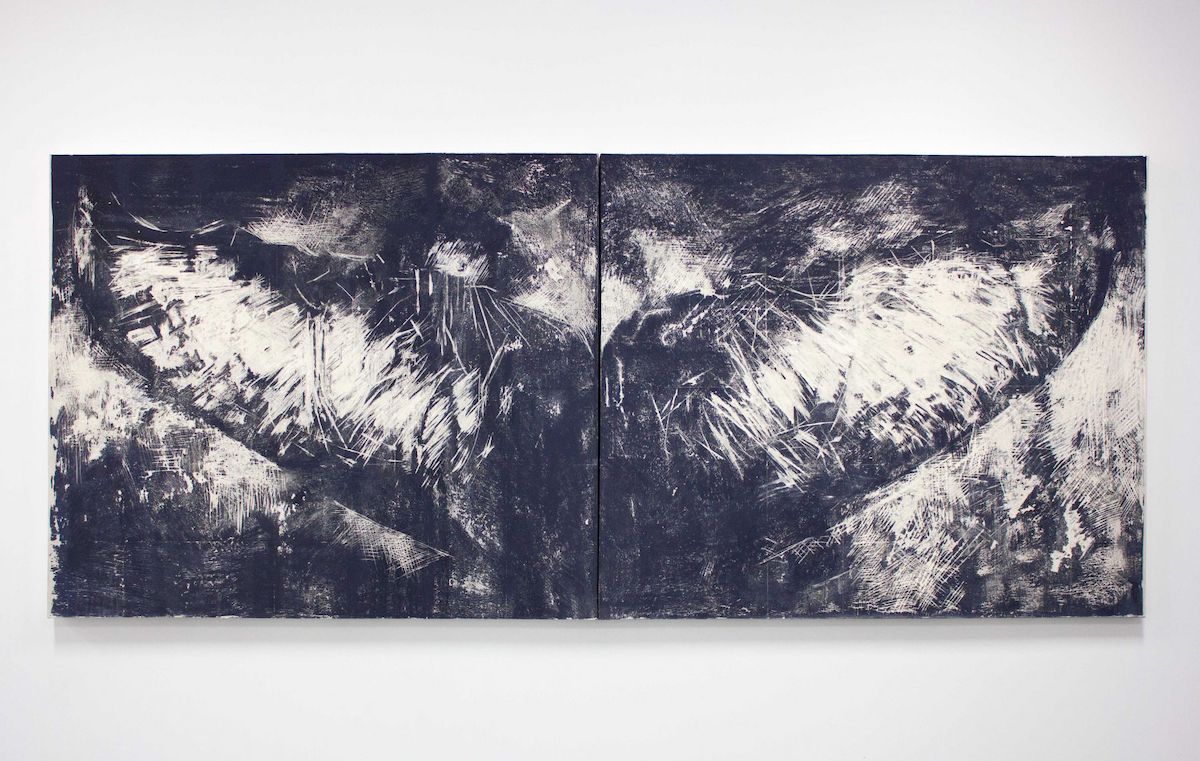
French artist Juliette Dumas produces work that is deeply embedded in concern for our environment. Using mixed media, she creates powerful art that projects strength and hope for the future. In particular, her Whale Fluke series was a turning point for her and started her shift toward looking for the positive in what can sometimes seem like a hopeless situation.
Using gouache and clay, Dumas creates a dynamic look at the whale fluke. This part of the whale's anatomy is distinct, as it carries the scars of predator attacks, entanglements in fishing gear, and boat collisions. These battle scars are a testament to the resilience of whales while still reminding us that we must protect these precious animals.
We sat down with Dumas to learn about what inspires her environmentally-conscious art, how whales inspired her, and her interesting selection of “paints.” Read on for My Modern Met's exclusive interview.
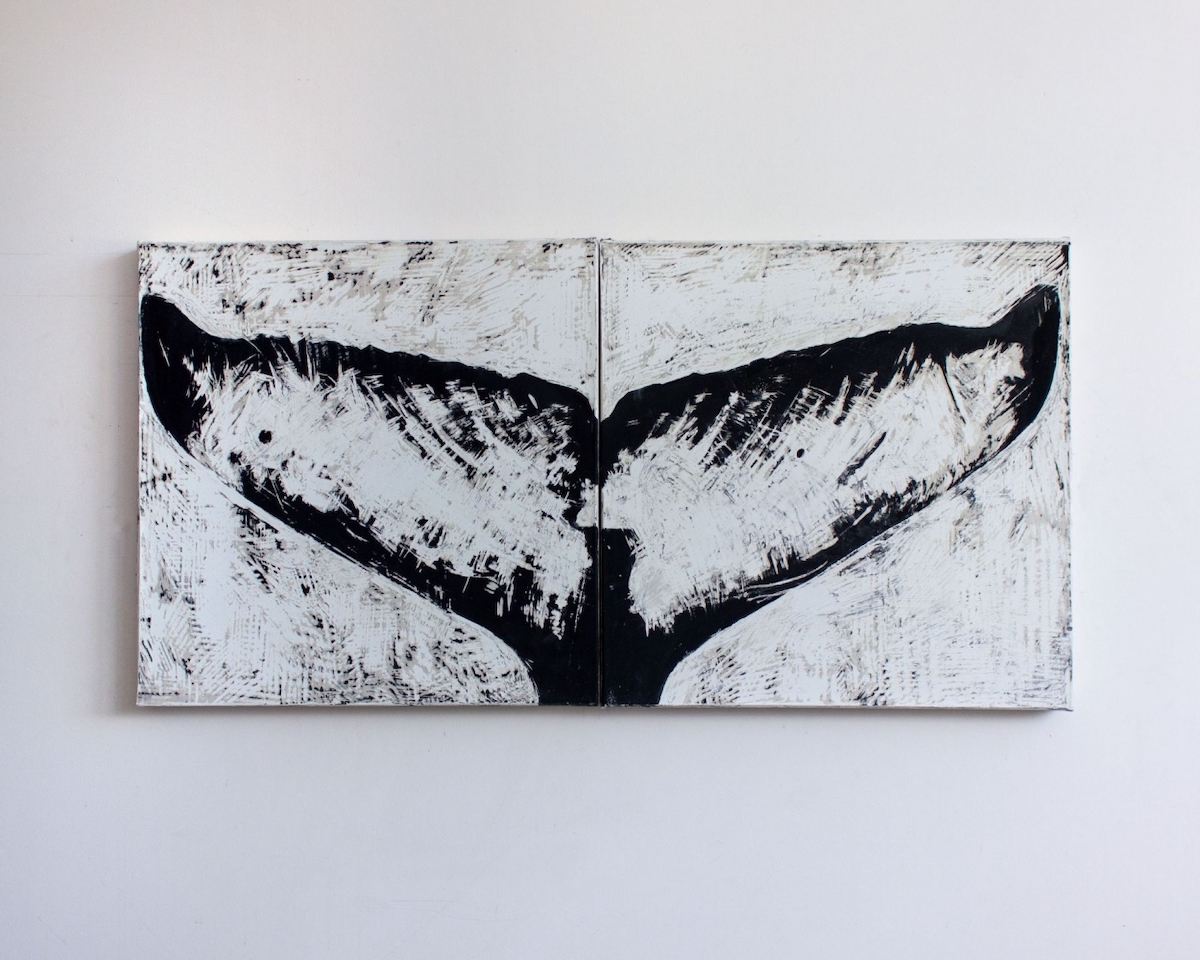
The worrying state of our planet is obviously a huge part of your art. When did you first become concerned about the environment?
When a little girl, I read The Education of Little Tree by Forrest Carter, about the upbringing of a little Cherokee boy and how he was thought to relate with respect to the nature around him. That book had a huge impact on me. It made me realize there was something missing in our culture in our relationship with our environment.
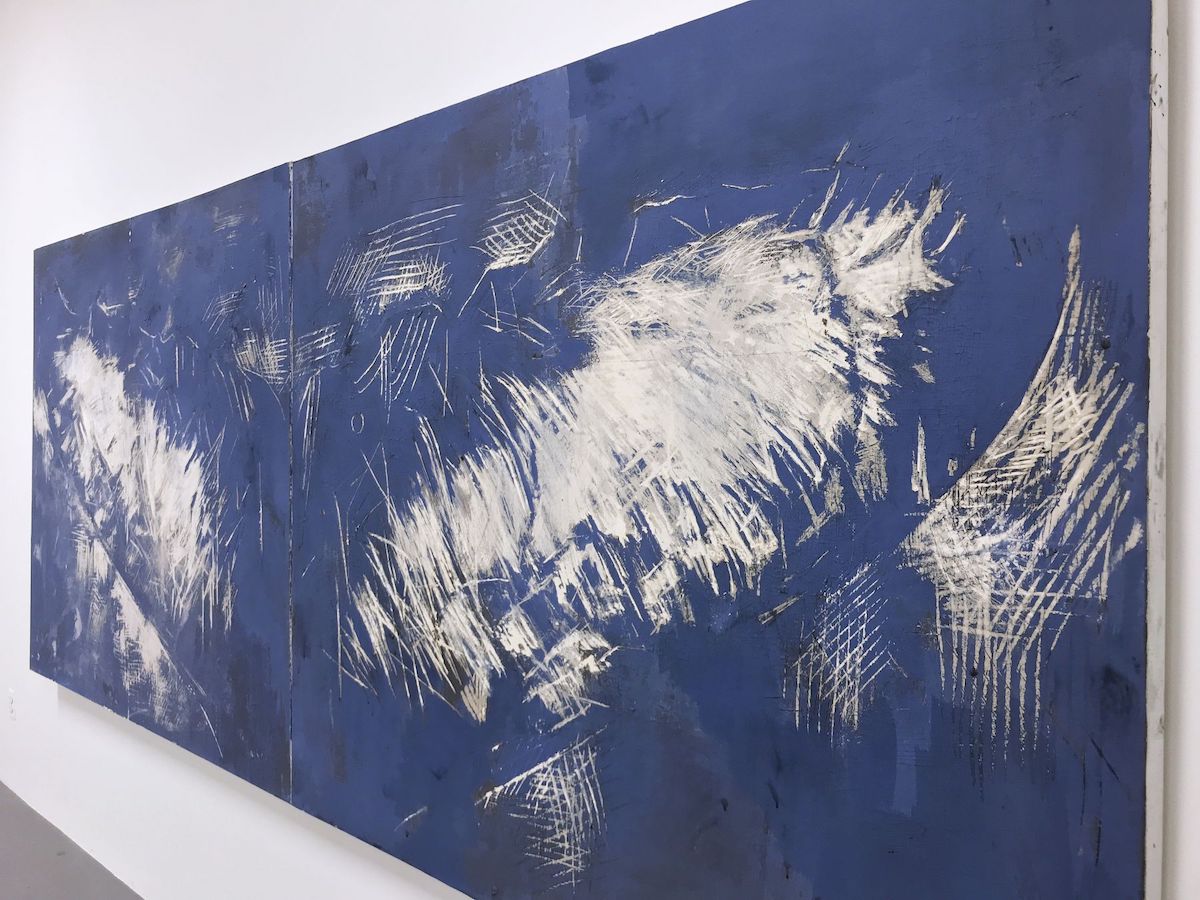
Was this concern always a part of your art or did it incorporate slowly over time?
It was always a part of my art, but the way I incorporated it has changed over time. In 2013, I started a series of ephemeral installations titled Strategies of Resistance. Heavy rocks were pulling on very thin plastic tarps held by hundreds of small nails. Only if a large number of nails were sharing the load could the whole assemblage hold together. It was an homage to all the people who were taking action to resist the destruction of the environment.
I also presented a series of Ice Paintings, which were blocks of ice presented on the wall as a monochrome painting that would slowly melt during the length of the exhibition. With these pieces, I was expressing my concern and anxiety about the human impact on climate. Then, I realized I didn't want to project more anxiety and negativity through my work so I decided to shift the energy and the message to do the opposite. This is when I started the Whale Fluke Paintings (2017) to create work rooted in hope and resilience because I believe everything is still possible, especially once we realize that our thoughts create our reality.
At the time, I was very interested in the Hawaiian tradition of Ho'Oponopono. It means “to correct” and “make right.” It is a cleansing ritual carried out to restore balance to a situation that has gone out of balance. I wanted to paint an icon representing what we can do with these powerful forces. The image of a whale fluke came to me. I realized over time the full significance and symbolic meaning of this image.
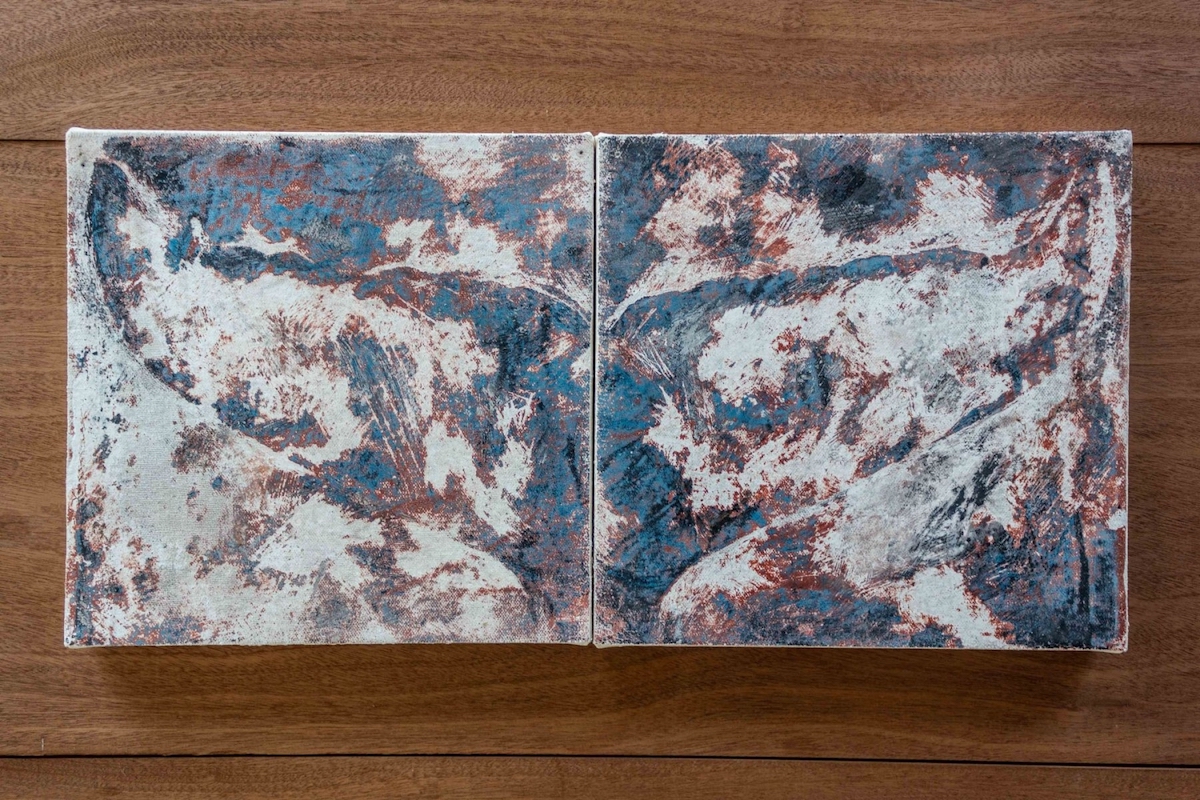
How do you go about selecting the materials that you use in your pieces?
When I was studying painting, I realized I didn't like using acrylics or oil paints. Acrylics are essentially plastic, and oil tends to change the color of the pigment that you use. I was always attracted to non-acrylic water-based paint, like gouache, but the quantities that you can buy in a store are so small that I started making my own paint using organic elements, like gums derived from trees and algae, mineral powders, pigments from plants, wax from bees, etc. Mostly, I keep my studio free of anything toxic, for my own health and because everything ends up in the water when you wash your brushes.
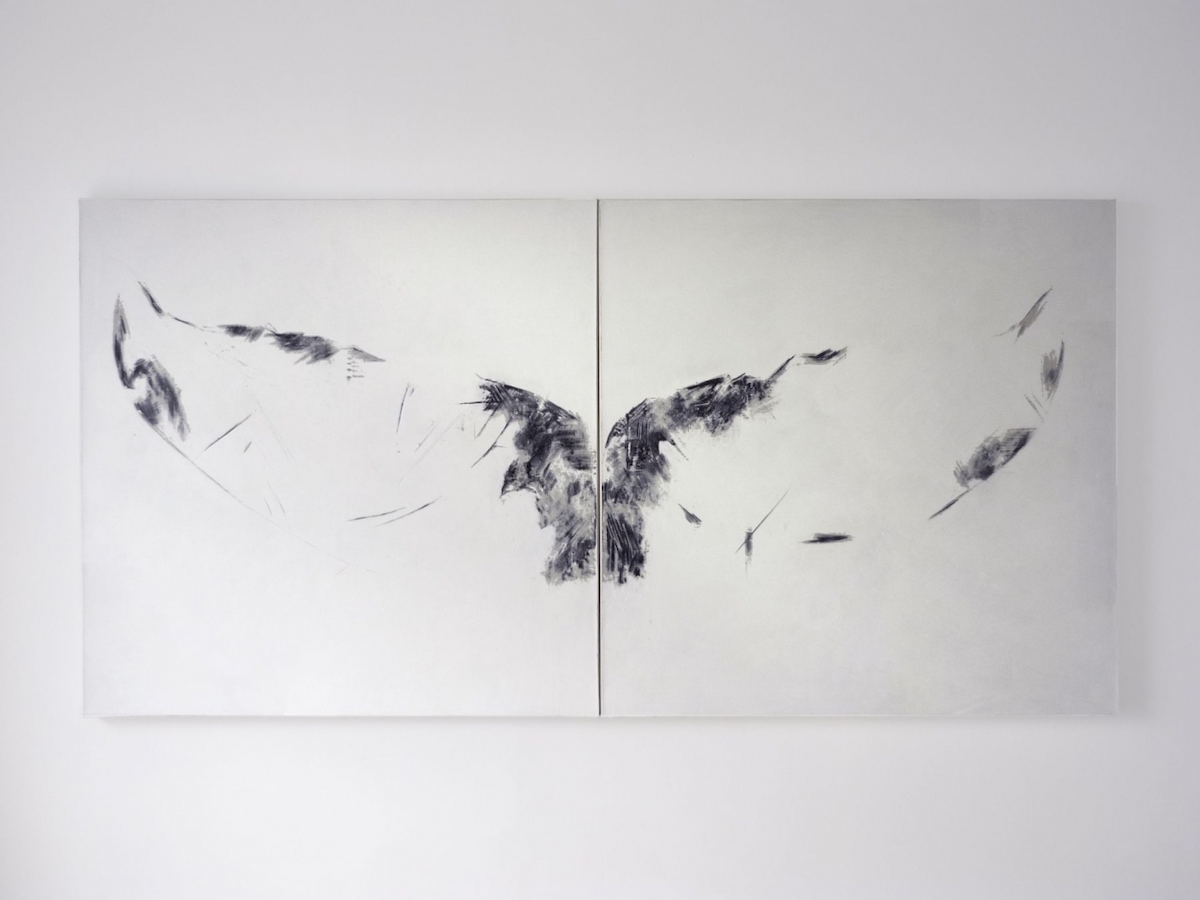
In the case of Whale Flukes, can you chat about the creative process of using clay?
I went to visit the pre-historic caves of Lascaux in Dordogne, France, and felt a deep resonance with the way humans, at the time, had deposited natural pigments unto the walls and carved them with their fingers. I thought the two combined—painting and carving—were very powerful, so I set about making a similar surface for my work.
Clay is interesting as you can re-activate it with water as many times as you want, and it has a softness and thickness that is similar to skin. I developed my own technique which took me months of trials and errors. Each painting is prepared with many layers of clay and pigments. When it is time to carve, it is a very physical interaction with the surface. The use of clay in painting is ancient. It is found in gold-gilded icons, where the many layers under the gold are prepared with clay mixed with gelatine.
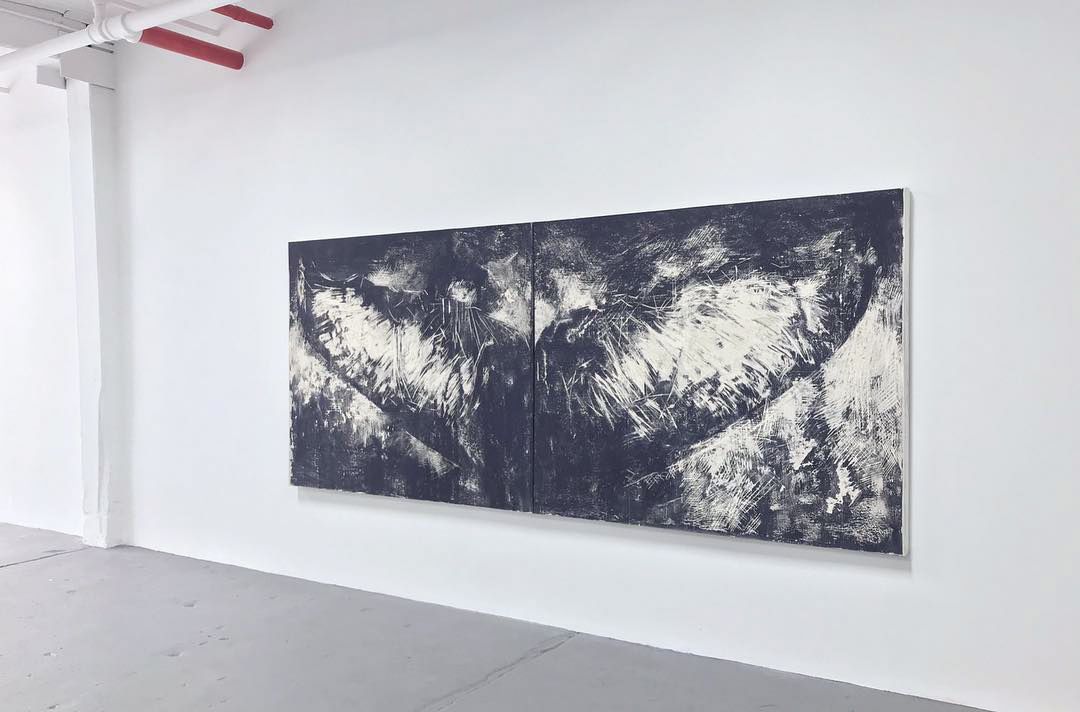
How do whales, among other animals, inspire you creatively?
Whales inspire me for a number of reasons. First, they have enormous emotional power. You can feel it when you are in the vicinity of a whale. It feels like a halo of pure love and energy, immensely healing. The Hawaiians traditionally call them “Koholas”, the guardians of sacred energy. They are seen with a large sphere of Mana (spiritual power) around them.
Secondly, when you look into the eye of a whale, you witness a consciousness that is far greater than ours. As Nan Hauser, the famous whale researcher based in the Cook Islands, puts it, “they know something we don't know… and, we want to know!” This ancient creature disrupts the myth that humans are the most “intelligent” and “evolved” species on Earth. It is interesting to me because a lot of our actual problems come from this misconception.

What do you hope that people take away from your artwork?
I hope people can feel the energy of the paintings. I hope I offer a tribute to whales for their important role in our ecosystem and their spiritual significance in ancient philosophies. Also, through these paintings, I am trying to tell a great story of conservation.
Humpback whales are still present in our oceans because they were protected by public awareness with the Save the Whales movement which, started in 1972, was the first international moratorium on commercial whaling. Today, they still need our continued protection.
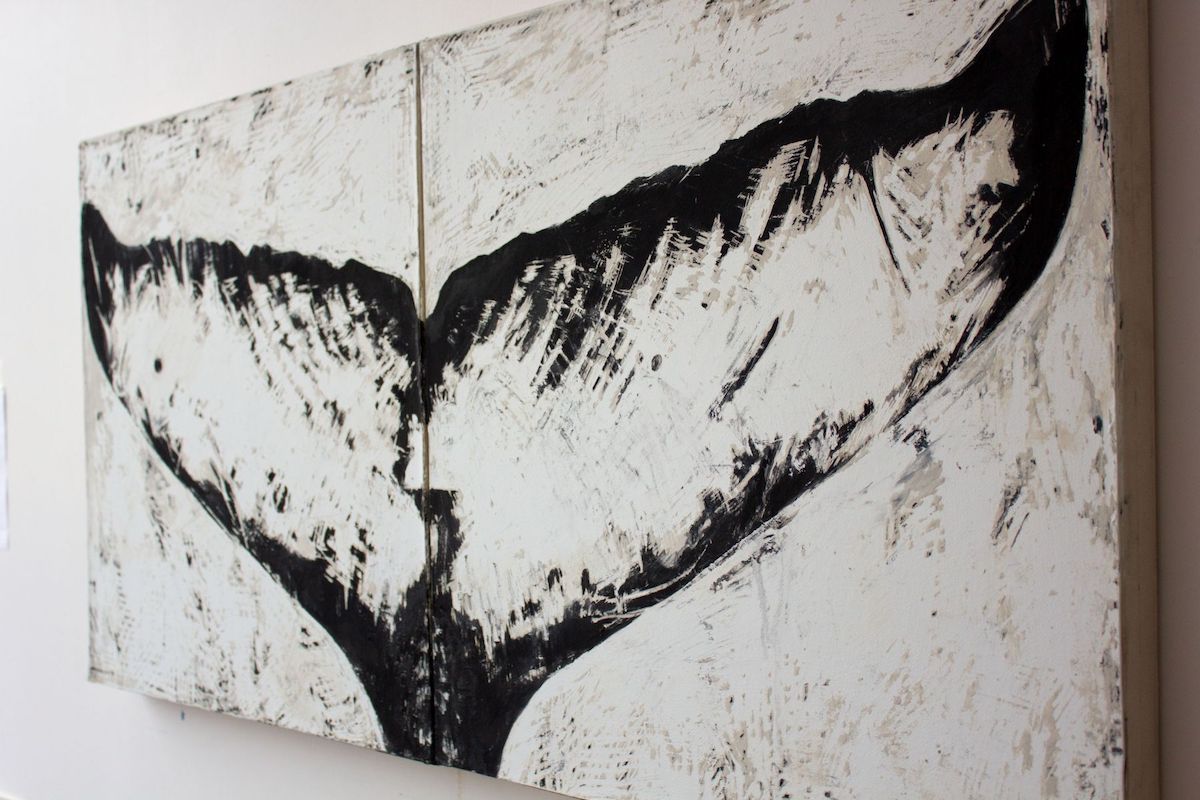
Why do you think it's important for artists to become involved in causes that they believe in, like the environment?
I actually don't think it's necessary for an artist to be involved in causes to bring something valuable to their work.
As for the environment, artists can change the way we look at nature. The French art critic Pierre Restany wrote an important art manifesto in 1978 called the Rio Negro Manifesto. In this document, he urges artists to pay close attention to nature, to develop an understanding and a kinship to it.
Humans have the enormous capacity to create. Whatever we create, we always envision it first, like a blueprint. If we are not able to imagine a future on a harmonious planet, how can we possibly march towards it? I think artists can take this role very seriously and project new images for a world we would actually want our future generations to live in.













































































